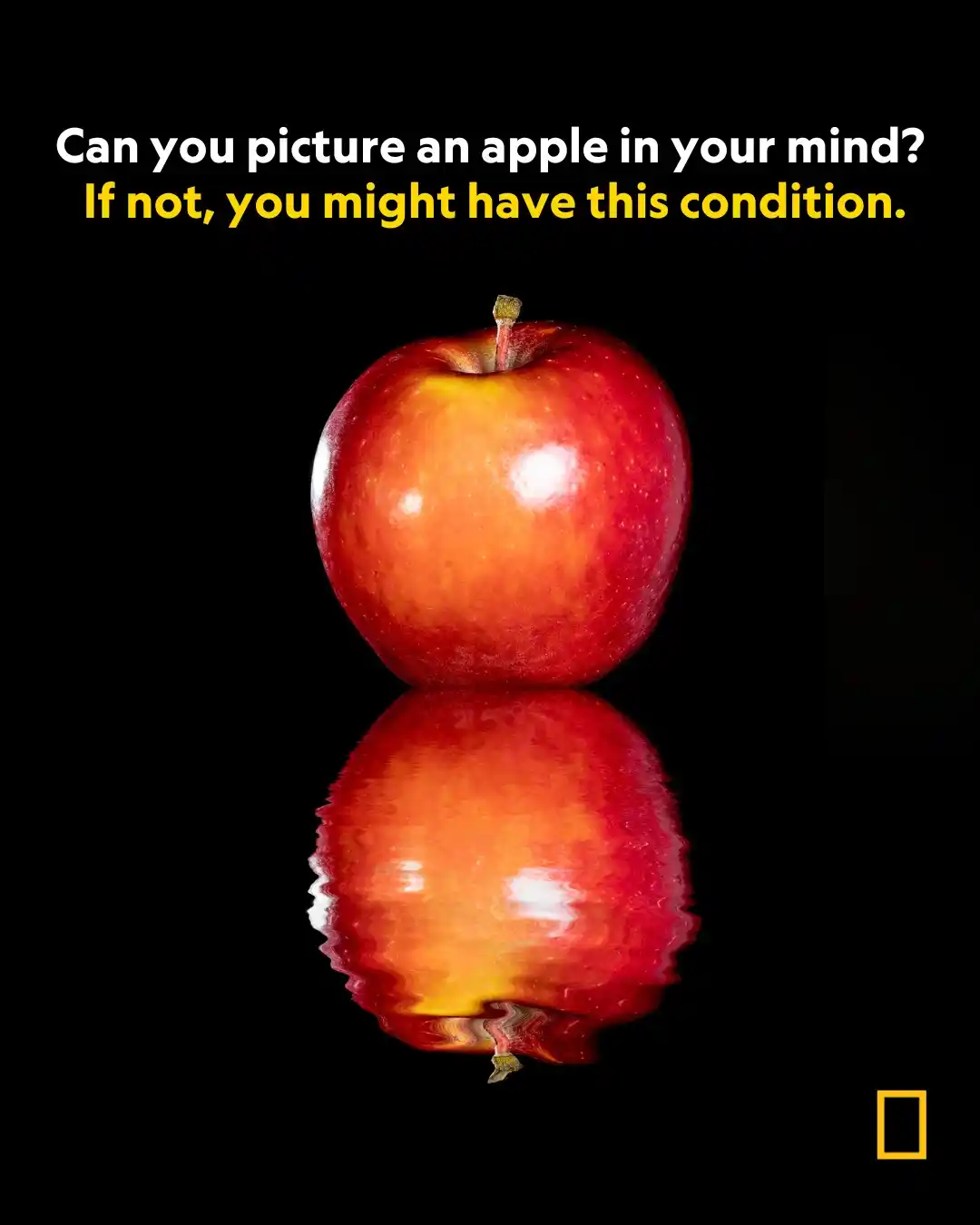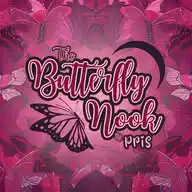
National Geographic
7.7M subscribers
Verified ChannelAbout National Geographic
Amazing stories of exploration, extraordinary people, and uplifting discoveries.
Similar Channels
Swipe to see more
Posts

Occurring each June, the summer solstice—our planet’s longest day in the Northern Hemisphere—signals an astronomical event with deep cultural roots. From ancient monuments to modern-day traditions, here’s what makes this solar moment so special. ☀️ https://on.natgeo.com/BRWA0620

Breathing requires coordination between many different parts of the brain and body, and is as unique to each individual as their fingerprint. Because breathing has to be coordinated with almost everything, breath analysis can be used to assess a person's physical and mental condition, and could be used in the future to screen for diseases. https://on.natgeo.com/BRWA06192025

Named after the pioneering astronomer who discovered evidence for the existence of dark matter, the Vera C. Rubin Observatory in Chile's Atacama Desert is set to begin full operation later this year. Captured here by Tomás Munita, scientists are already giddy with excitement over the discoveries the observatory could make thanks to its 3,200-megapixel camera that's around the size of an SUV, and its wide field of view. 🌌 Here are some of the mysteries Rubin could solve: https://on.natgeo.com/BRWA06202025

Do you look like your dog? 🐶 According to new research, it’s common for dogs and their owners to share striking similarities—not just in terms of appearance, but also temperament and personality. In fact, these similarities actually deepen over time. But what explains this connection? Learn more: https://on.natgeo.com/BRWA062025


Picture an apple in your mind. Do you see its color? Its shape? If you're struggling, you might have a condition known as aphantasia. 🍏 The term was first coined in 2015, and people with aphantasia—or aphants—say they can't fully visualize images in their mind’s eye. While some researchers are skeptical, others believe that the condition sheds light on how human perception and imagination have evolved and continue to do so. Share this with any aphants you know: https://on.natgeo.com/BRWA2025061911


Buckle up—this weekend's must-watch will take you to space 🚀: https://www.youtube.com/watch?v=-QFySooMwG4 Sally is now streaming on Disney+ and Hulu. http://di.sn/60094Rd9t

Scientists have been investigating a group of asteroids that share Venus’s orbit—called co-orbitals—and whether their orbits might eventually pose a collision risk to Earth. Currently, there’s no cause for alarm, as none are on a trajectory toward us, but over thousands of years their orbits could become more stretched and bring them close to our planet. https://on.natgeo.com/BRWA061925

20 million years before the Tyrannosaurus Rex roamed prehistoric North America, its much smaller ancestor was making its home in Cretaceous Mongolia. Now this "dragon prince" is giving paleontologists insight into how the T. rex evolved and spread all over the planet 🦖 https://on.natgeo.com/brwhdino0618

How does an axolotl know whether to regrow a digit or limb? Scientists have uncovered the genetic and chemical signals behind the amphibians' regenerative power—offering clues that could someday help humans do the same. 🧬 https://on.natgeo.com/BRWAARL0614

On June 18, 1983, Sally Ride became the first American woman and the first known queer person to launch into space. Discover how Ride traded her tennis racket for transponders, pursued her interests in STEM, and set her trajectory toward the stars. 🚀 Sally is now streaming on Disney+ and Hulu. Watch here: http://di.sn/60094Rd9t











